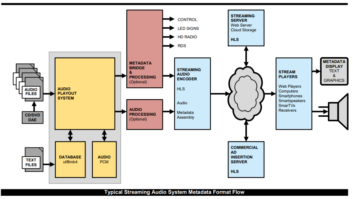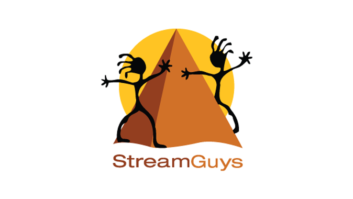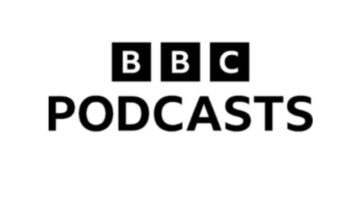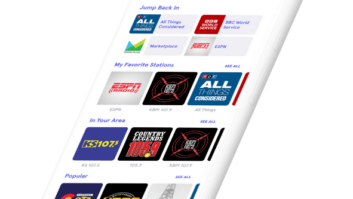Last month AT&T sent this notice that they are discontinuing ISDN service:
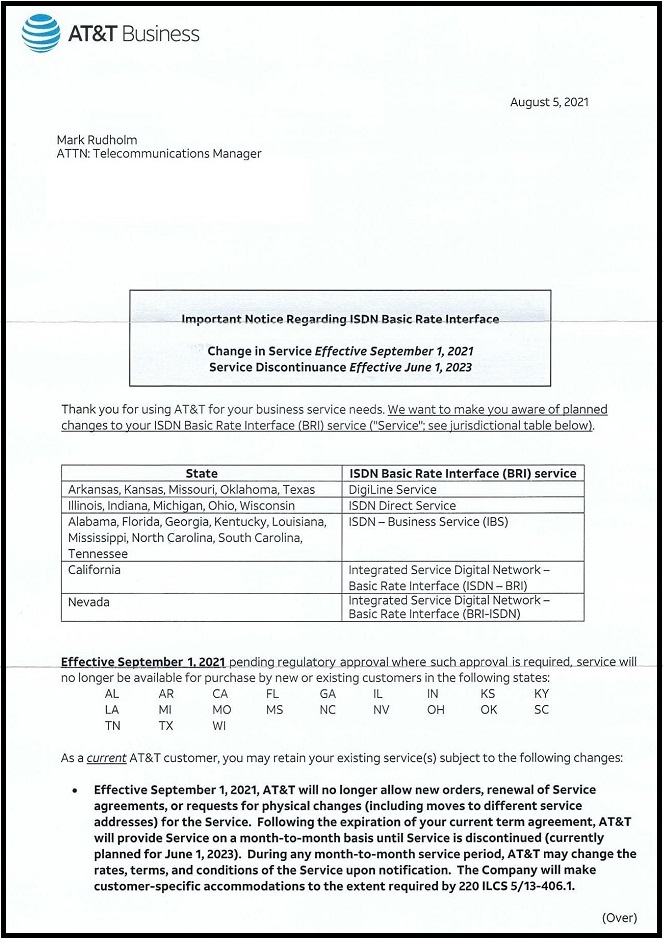
ISDN stands for Integrated Services Digital Network (though many engineers say it means It Still Does Not Work). In its day 30 years ago, it was the savior for many radio remotes.
With the use of codecs, stations were able to send clean digital audio for remotes or even as a studio-to-transmitter link. This involved broadcasters forgetting the aggravation of ordering equalized lines from the phone company and once again ordering ISDN service from the regional Bell company.
Many broadcast engineers will tell you that they had to teach the phone techs about this service. It was my common practice to check my ISDN lines at least twice a week to make sure they were still working.
Should we mourn the passing of ISDN? I say no. As long as there is stable internet, the broadcaster has conquered the “battle of here to there.” Audio over IP transport should be easy and readily accessible. Many companies make IP codecs that can be used. Utilizing codecs with a Content Delivery Network adds an extra level of stability and reliability that we only wished for previously.
Consider a couple of solutions provided by a supplier like StreamGuys.
Its Barix Reflector Service involves the inexpensive Barix Instreamer Encoder and the Exstreamer Decoder. The device is small, fitting in a coat pocket. These devices are common in many radio stations.
Once at Streamguys, the content (with closure data) is then sent to as many receiving Barix Exstreamer Decoders as necessary. The only requirement for the originating and receiving location is stable internet connection and a Barix device.
Once configured in its own web Graphical User Interface (GUI), it is almost plug and play. Connect the audio and it is working.
Yes, you can send contact closures through the RS-232 port. This is easy. Just worry about how robust your internet connection is.
The wonderful thing is that you can send to many decoders at once. This is great if you need to create an ad hoc sports network or a backup feed to your translators or repeaters.
StreamGuy’s GatesAir solution involves GatesAir’s Intraplex IP Link and Ascent Server. This can do what the reflector does but with a major improvement: Dynamic Stream Splicing.
DSS allows for two separate encoders to feed your decoder. You can switch between locations or use it as a redundant backup to guarantee that the show will go on. With DSS, I like having a second internet provider to guarantee the redundancy.
Also the IP Link has the ability to translate contact closures to a metadata string. This works in conjunction with GatesAir’s cloud-based Intraplex Ascent server for added reliability. This will transport metadata along with the audio.
StreamGuy’s PassKey solution, which can be added to most of StreamGuys’ services, can be used with a hardware or software encoder. This provides a secure connection by adding a token with a 128-bit encoded password. This prevents hacking or theft of your content. It can be used for audio or video. Again a very robust less hackable solution.
Good riddance, ISDN. With the above solutions you are supported 24-7 by a manned technical operating center that understands your purpose and is in the business to support the broadcaster.
[Also by this author: “Nurture Your Personal Network”]
David Bialik is a consultant who has held technical broadcast and streaming positions for companies like Entercom, CBS Radio, Bloomberg and Bonneville. He is co-chair of the AES Technical Committee for Broadcast and Online Delivery and a Senior Member of the SBE. Reach him at [email protected] or 845-634-6595.
Comment on this or any article. Email [email protected] with “Letter to the Editor” in the subject field.






